13 Wild Animals in Iowa [Wildlife in Iowa]
Want to know more about the wildlife in Iowa in the US?
Discover 13 wild animals in Iowa in this post, as well as interesting facts about them. 🇺🇸
Learn All About Iowan Animals
Ready to learn all about Iowan animals?
I’ve always been fascinated by animals, and by how they can be so different from one country to another. In this guide, we’ll focus on the many animals Iowa has on the land, in the sky, and underwater.
I’ve split the guide into 4 categories:
- Native animals from Iowa
- Endangered animals of Iowa
- What is the state animal of Iowa?
- How many animals native to Iowa?
Let’s dive in right away with our first category!
Native Animals from Iowa
Iowa is a state of the United States located in the midwestern part of the country. It was part of French and Spanish Louisiana during the 18th and 19th centuries, has a state flag similar to that of France, is one of the safest cities to live in, and joined the United States in 1846. It is bordered by Missouri, Nebraska, Minnesota, South Dakota, Wisconsin, and Illinois, and its capital and largest city is Des Moines, which counts more than 214,000 inhabitants (but more than 846,000 if you include the metropolitan area).
An interesting part of the state that I wanted to tackle is its wildlife. In light of that, I have listed the best of it, and I hope you will love learning what animals live in Iowa.
Here’s the Iowa animals list.
1. Eastern cottontail
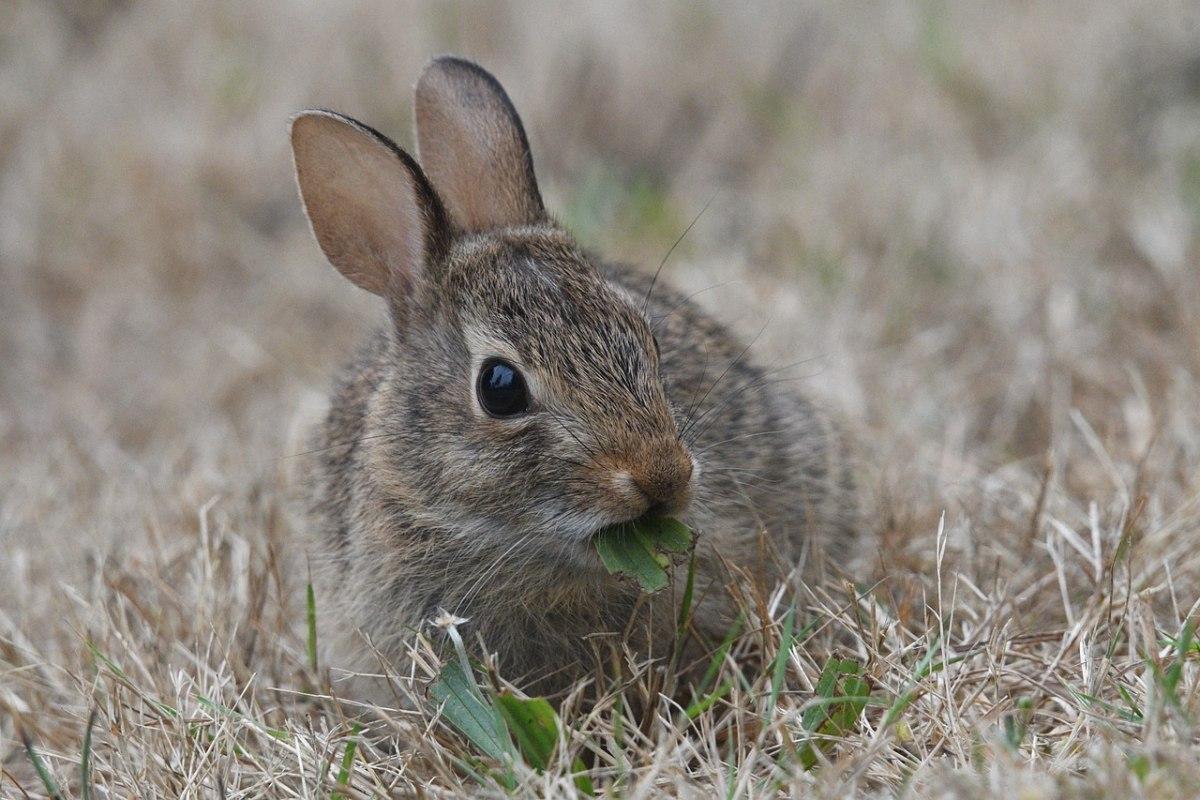
- Name: Eastern cottontail
- Scientific name: Sylvilagus floridanus
- Conservation status:
The eastern cottontail is the most common species of rabbit native to North America. It is pretty widespread and can be found from the northwestern tip of South America to the northeastern United States.
In Iowa, the eastern cottontail builds nests within 64 m / 70 yd of brush cover in vegetation at least 10 cm / 4 in tall. It is very territorial, can reach speeds of up to 29 km/h / 18 mph, and is active at dusk and at night.
2. Southern red-backed vole
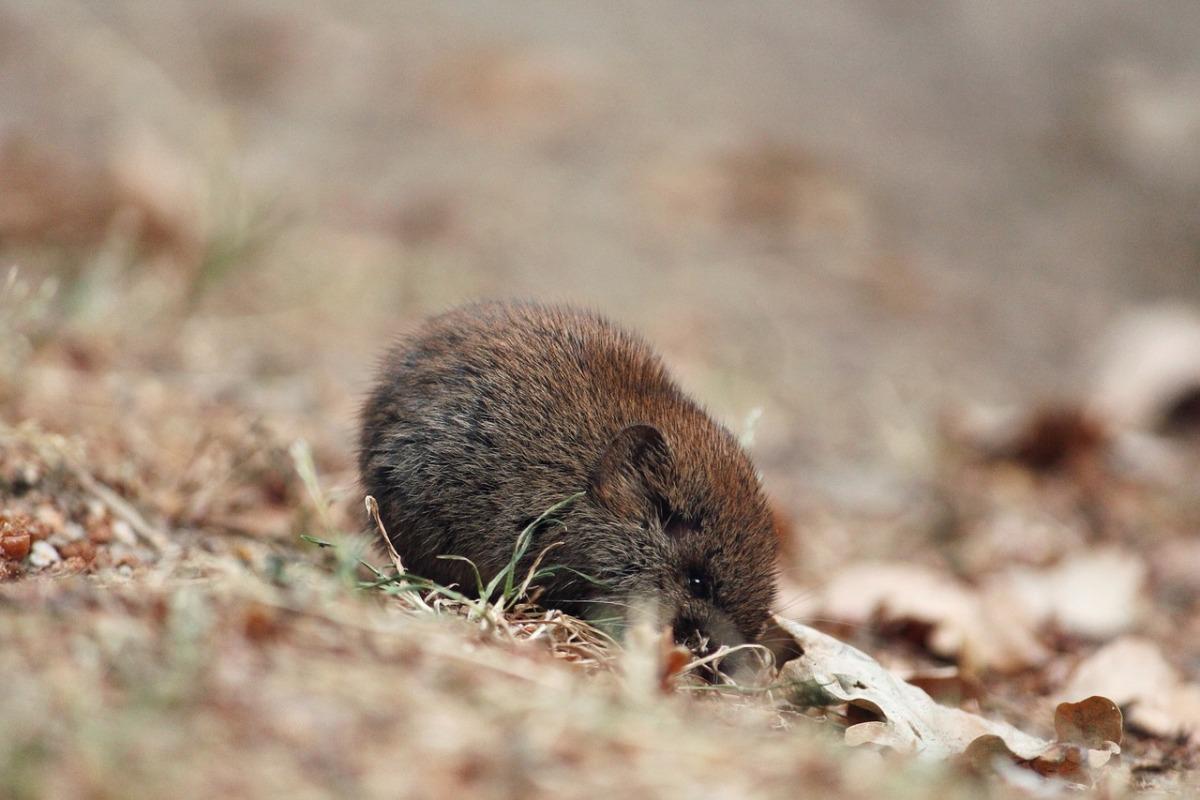
- Name: Southern red-backed vole
- Scientific name: Myodes gapperi
- Conservation status:
The southern red-backed vole, also known as Gapper’s red-backed vole, is a small species of vole native to much of the southern half of Canada, as well as the northern United States. It has a short, slender body with a short tail, and there is a gray color morph in the northeastern parts of its range.
This rodent inhabits the coniferous, mixed, and deciduous forests of Iowa, and its main predators are owls, hawks, and mustelids.
3. Red-shouldered hawk
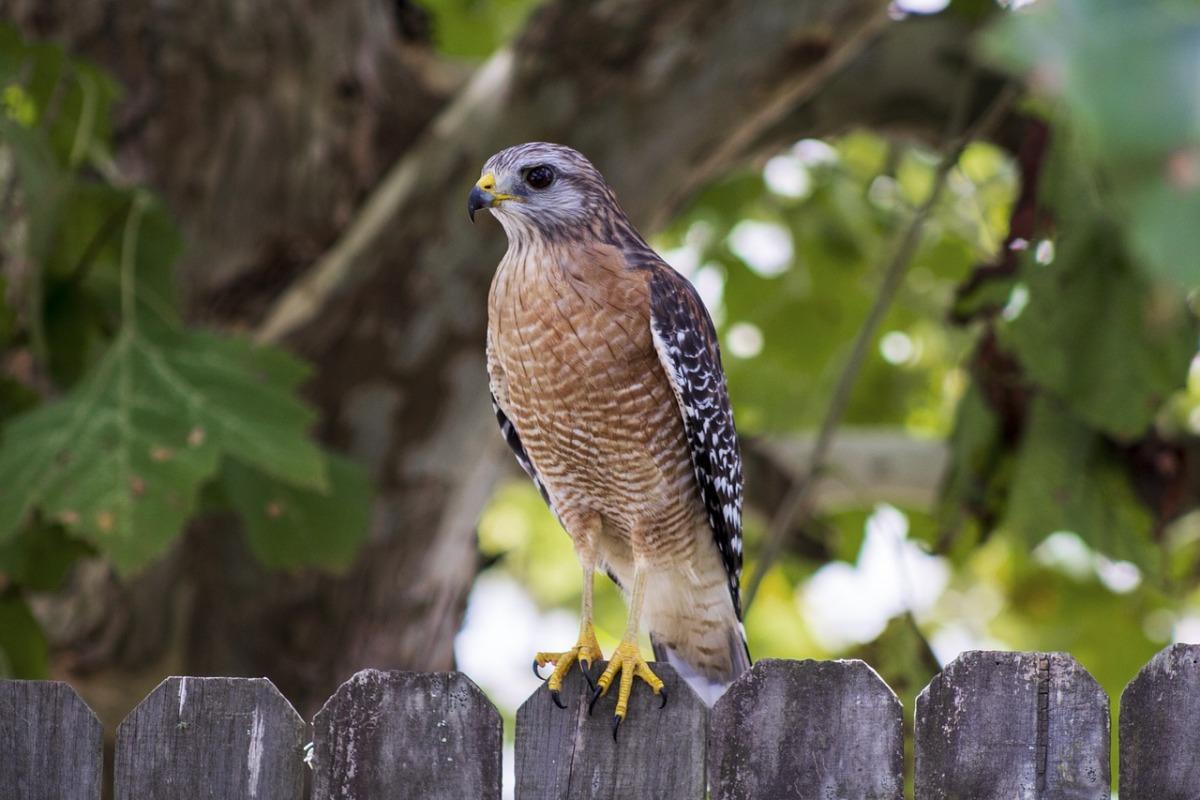
- Name: Red-shouldered hawk
- Scientific name: Buteo lineatus
- Conservation status:
Speaking of predators of the southern red-backed vole, the red-shouldered hawk is one of them. It is a medium-sized species of bird of prey native to central Mexico, California, and the eastern United States, and it is a resident bird in Iowa, although it migrates in other areas of its range.
This raptor used to be one of the most North American specimens before the 20th century; after that, its population rapidly decreased due to deforestation and habitat loss.
4. Short-eared owl
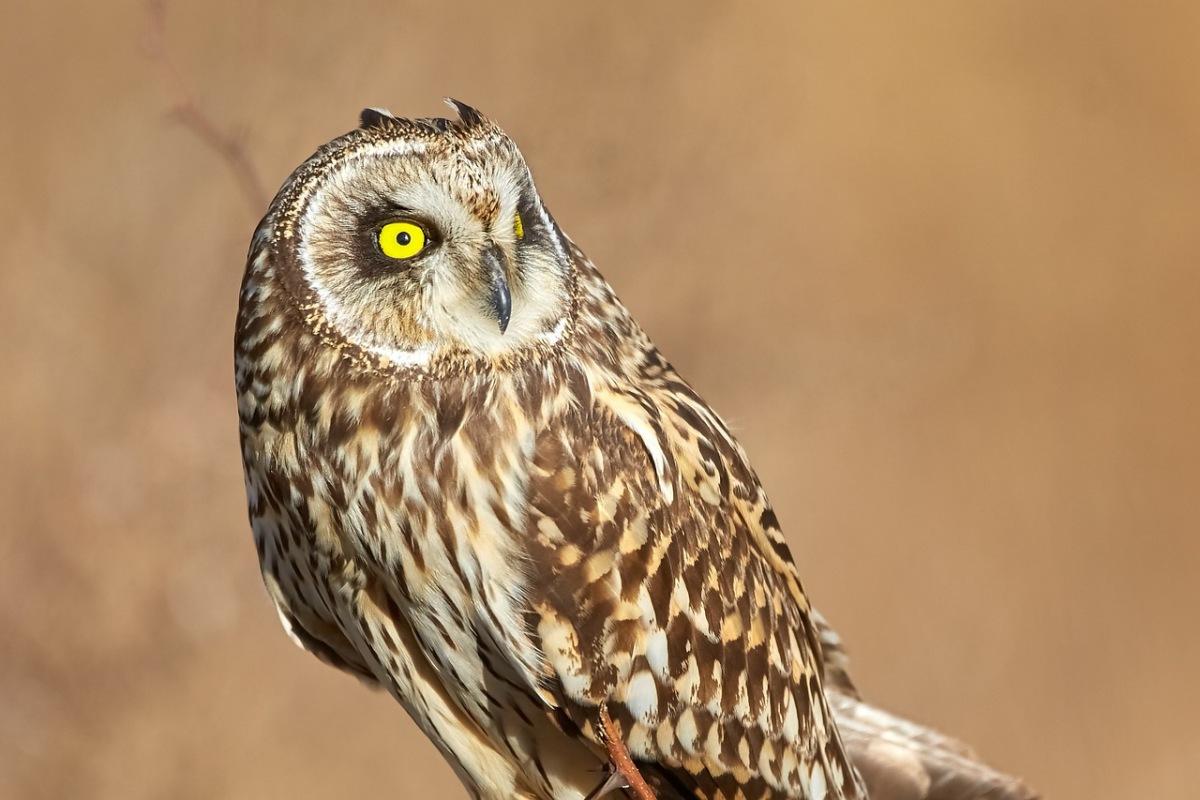
- Name: Short-eared owl
- Scientific name: Asio flammeus
- Conservation status:
The short-eared owl is a very widespread, medium-sized species of owl found throughout the entire globe, except for Oceania and much of sub-Saharan Africa. It inhabits grasslands and open country and has tufts of feathers on top of its head, hence the “eared” part in its name.
This owl hunts at night, although it was already seen during the day; it primarily feeds on voles and will change its hunting period depending on the activity of its prey.
5. Wood turtle
- Name: Wood turtle
- Scientific name: Glyptemys insculpta
- Conservation status:
The wood turtle is a species of turtle endemic to North America. It spends most of its time in or near the water of large rivers, and usually prefers clear, shallow streams with sandy bottoms; however, it can also be found in grasslands and forests, hence its name, but rarely leaves flowing water.
Sadly, wood turtles are on the decline, although they are often seen: they suffer from habitat loss, roadkill, and farming accidents.
6. Indiana bat
- Name: Indiana bat
- Scientific name: Myotis sodalis
- Conservation status:
The Indiana bat is a medium-sized species of bat native to the eastern United States. Despite its name, it is not endemic to the state of Indiana, but can actually be found throughout a pretty wide range.
This bat inhabits hardwood forests and is common in the old-growth forests of eastern Iowa. It is insectivorous and mainly feeds on aquatic and terrestrial insects such as mosquitoes, beetles, midges, and moths.
7. Groundhog
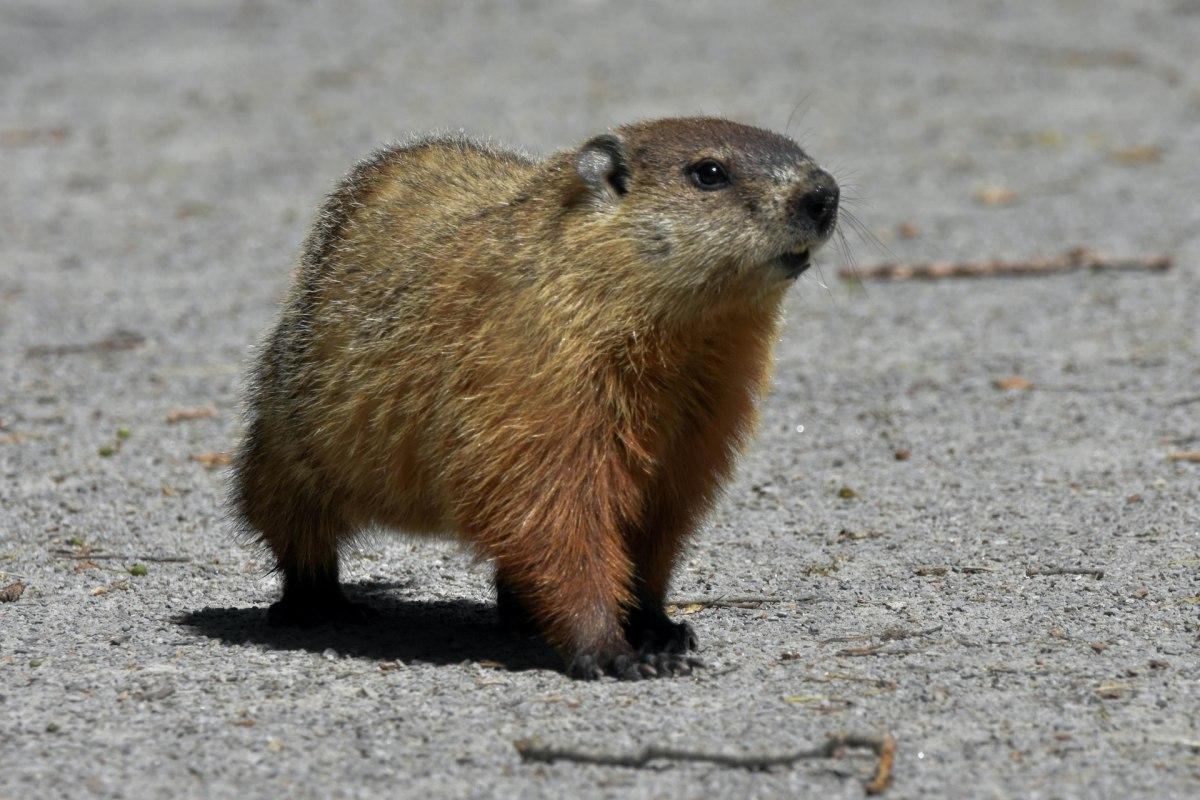
- Name: Groundhog
- Scientific name: Marmota monax
- Conservation status:
The groundhog, also known as the woodchuck, the thickwood badger, the weenusk, or the groundpig, is a large species of rodent native to North America: it can be found in the eastern United States, throughout much of Canada and as far north as Alaska.
It is one of the only marmots to live in lowlands, and it plays an important role in maintaining healthy soil in plains and woodlands.
8. Eastern cougar
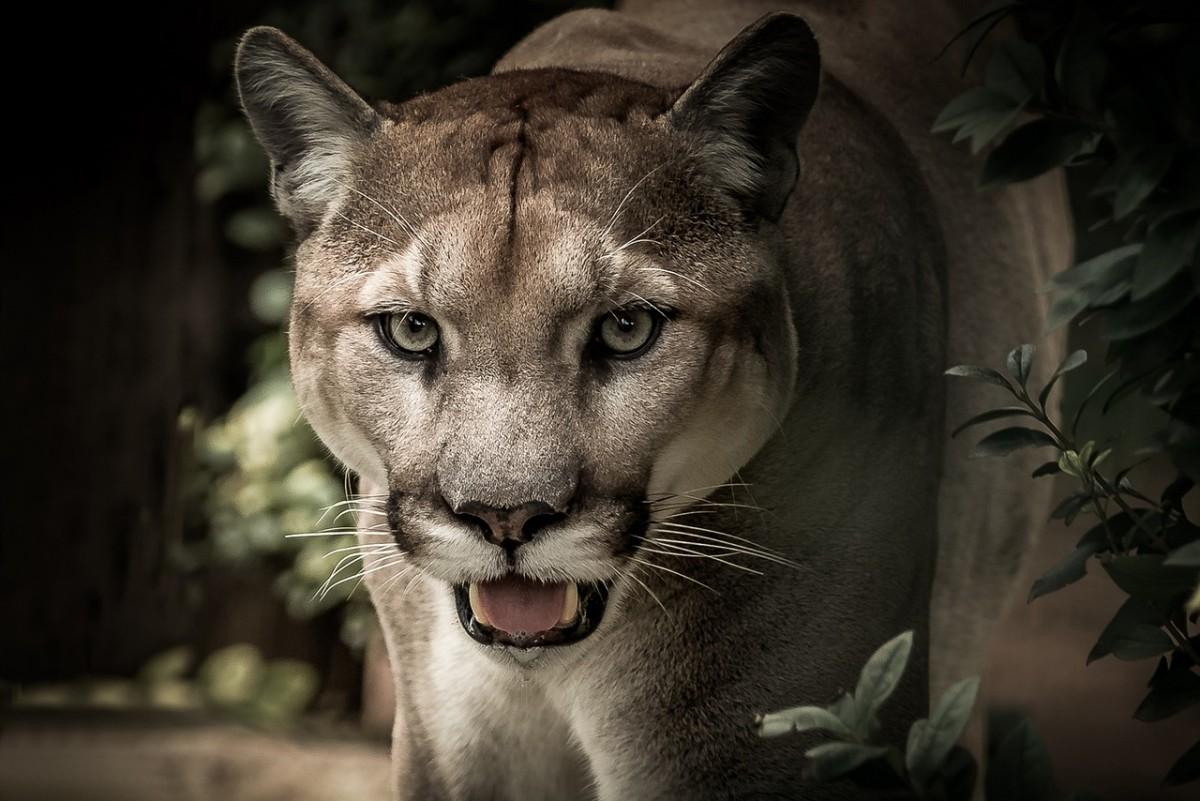
- Name: Eastern cougar
- Scientific name: Puma concolor couguar
- Conservation status:
The eastern cougar, also known as the eastern puma, was a subspecies of the cougar found in the eastern United States. Nowadays, the mountain lion can only be found throughout western North America, as well as Central and South America.
However, there have been more and more sightings in the eastern portion of the country, and the eastern cougar might not be extinct yet. There are still populations in Florida, and it has been presumed extinct since 2018.
9. Eastern elk
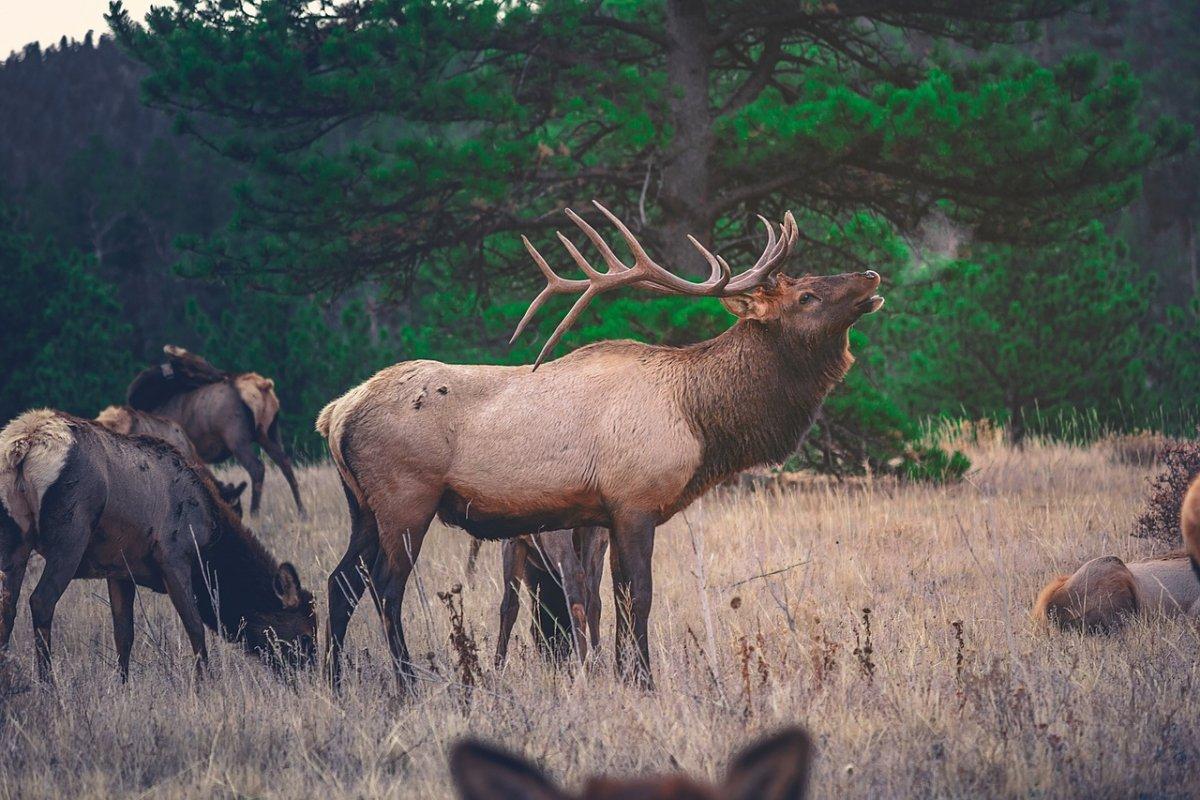
- Name: Eastern elk
- Scientific name: Cervus canadensis canadensis
- Conservation status:
The eastern elk is an extinct subspecies of the elk that was found in the northern and eastern United States and southern Canada. This time, it is definitely extinct, as the last known specimen was shot in Pennsylvania in 1877.
This mammal was extirpated from Iowa in 1885, as a late aftermath of the arrival of Europeans, which wreaked havoc on North American wildlife.
10. Blue racer
- Name: Blue racer
- Scientific name: Coluber constrictor foxii
- Conservation status:
The blue racer is a non-venomous subspecies of the eastern racer. It can only be found in Iowa, Indiana, Illinois, Michigan, Wisconsin, and Ohio in the United States, as well as in Ontario, Canada. It is covered in beautiful blue scales and inhabits the semi-open and edge habitats of Iowa.
This snake does not tolerate human activity and spends most of its time in undisturbed areas.
11. Bobcat
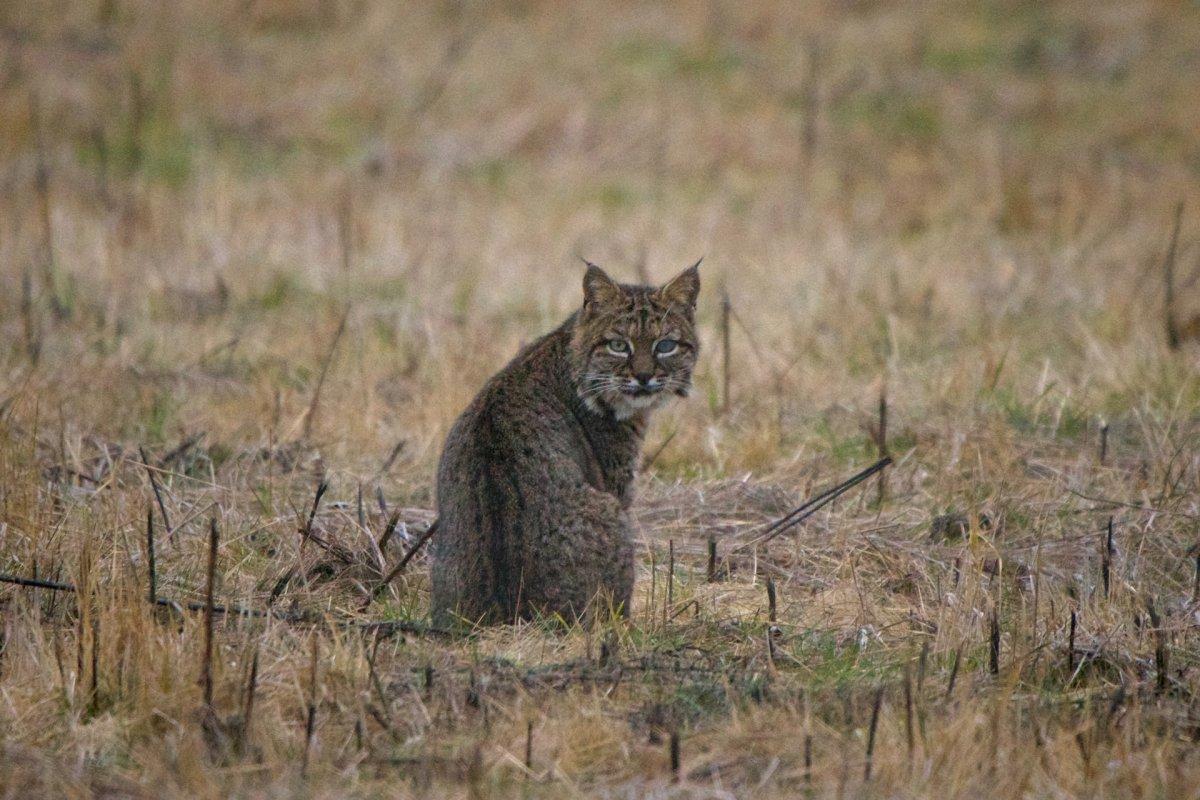
- Name: Bobcat
- Scientific name: Lynx rufus
- Conservation status:
The bobcat, also known as the red lynx, is a medium-sized species of felid found throughout much of the United States, including Iowa. It has rufous fur with black spots as well as a short tail and is an agile and adaptable predator.
This mammal prefers hunting for hares and rabbits, but it will also eat insects, birds, small rodents, and deer. It is territorial and often marks its home range with its claws or urine.
12. Eastern American toad
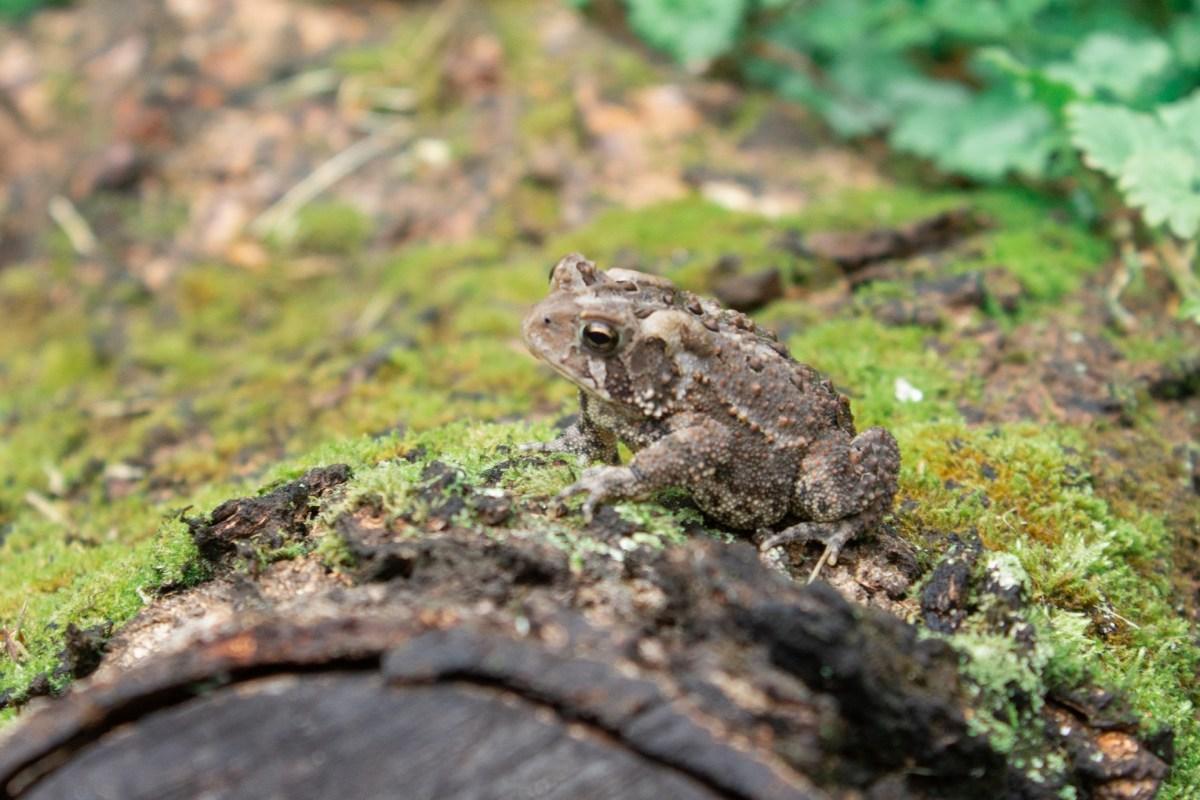
- Name: Eastern American toad
- Scientific name: Anaxyrus americanus americanus
- Conservation status:
The eastern American toad is a medium-sized subspecies of the American toad found throughout the eastern United States and Canada. It can reach a maximum length of 11.1 cm / 4.4 in, and can change its skin color depending on stress, temperature, habitat, and humidity!
Compared to other American toads, the eastern variant has little to no markings on it. In order to survive through the winter, it hibernates.
13. American red squirrel
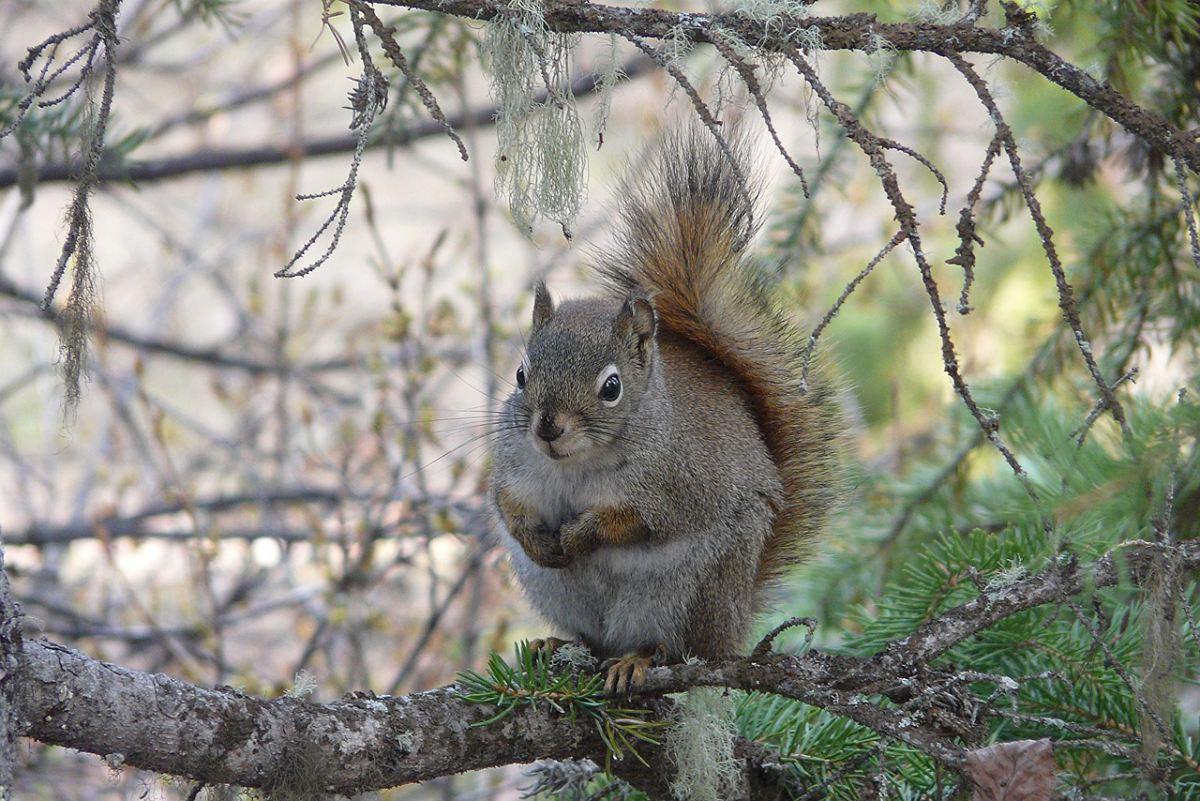
- Name: American red squirrel
- Scientific name: Tamiasciurus hudsonicus
- Conservation status:
The American red squirrel, also known as the pine squirrel, the Hudson’s Bay squirrel, the chickaree, or the North American squirrel, is a small species of squirrel found in North America, roughly from Iowa in the south to Alaska in the north.
Interestingly enough, this squirrel defends its year-round, exclusive territory, and does not leave it. It primarily feeds on the seeds of conifer cones and is widely distributed across the continent as long as there are enough pines.
—
So there you have them, these were my 13 state animals of Iowa. I hope you enjoyed this list and that you learned something new today.
In case you want to learn more about Iowa wildlife and the rest of the United States, feel free to keep reading, as I still have lots of things to tell you about:
Endangered Animals of Iowa
This is definitely the saddest part of the list, but it is very important to raise awareness. Because of this, let’s go through the list of endangered animals in Iowa.
Here are the animals in danger of extinction in Iowa (including the rest of the United States as well).
- Thicktail chub
- Steller’s sea cow
- Black mamo
- Phantom shiner
- Labrador duck
- and 51 more…
- Marbled darter
- Red wolf
- Spoon-billed sandpiper
- Ivory-billed woodpecker
- Bog turtle
- and 61 more…
- Red-crowned amazon
- Whooping crane
- Phoenix petrel
- Spotted turtle
- Salt-marsh harvest mouse
- and 169 more…
To see the full list of endangered species in Iowa, head over to the International Union for Conservation of Nature’s Red List.
What is the State Animal of Iowa?
The state animal of Iowa is the American goldfinch.
As a matter of fact, Iowa does not have an official state animal, but only a state bird, the American goldfinch.
This bird is a small species of finch native to much of the United States; depending on the part of its range, it migrates or is resident. The local subspecies found in Iowa is the eastern goldfinch.
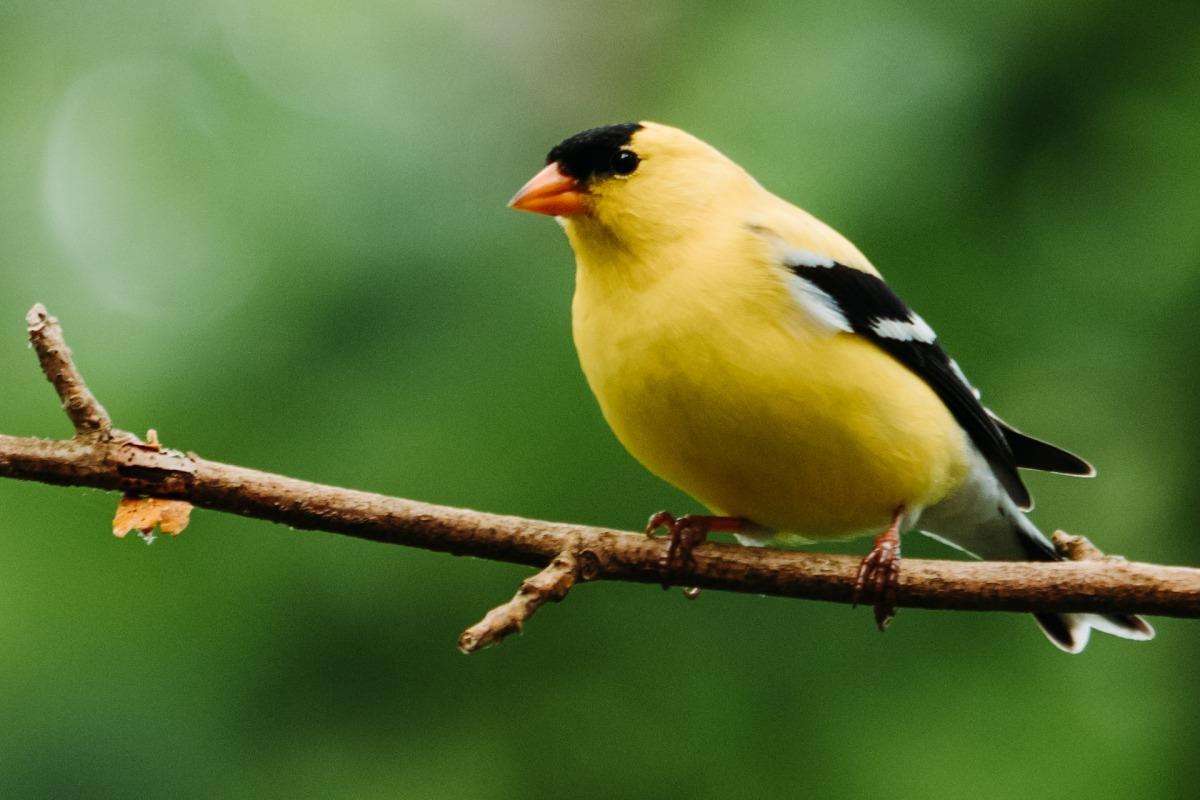
How Many Animals Native to Iowa?
What is the diversity of native animals in Iowa?
Let’s look at the total number of species of Chordata (mammals, birds, fishes, and reptiles).
Total number of animal species in Iowa: 5,838 (5,879 in total in North America)
More About Animals in the World!
Loved these Iowa animal facts? Want to see what animals live in other countries?
Then check out these posts:
- All the most common animals in the US
- Wild Animals in Idaho
- Wild Animals in Illinois
- Wild Animals in Indiana
Or click here to see ALL the facts up on the blog! Spoiler alert: there’s A LOT of them.
Share the knowledge! Click on the buttons below to share information about these famous animals in Iowa with your friends, and help them learn more about the world 🙂
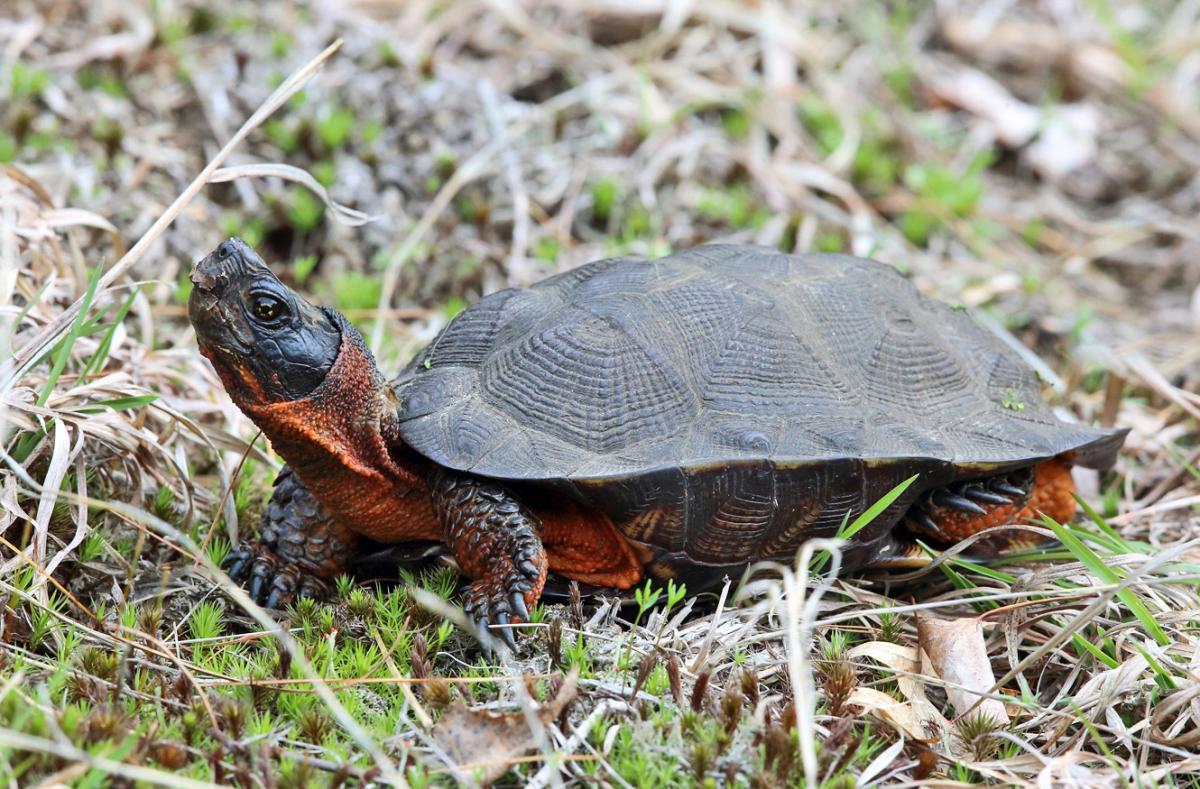
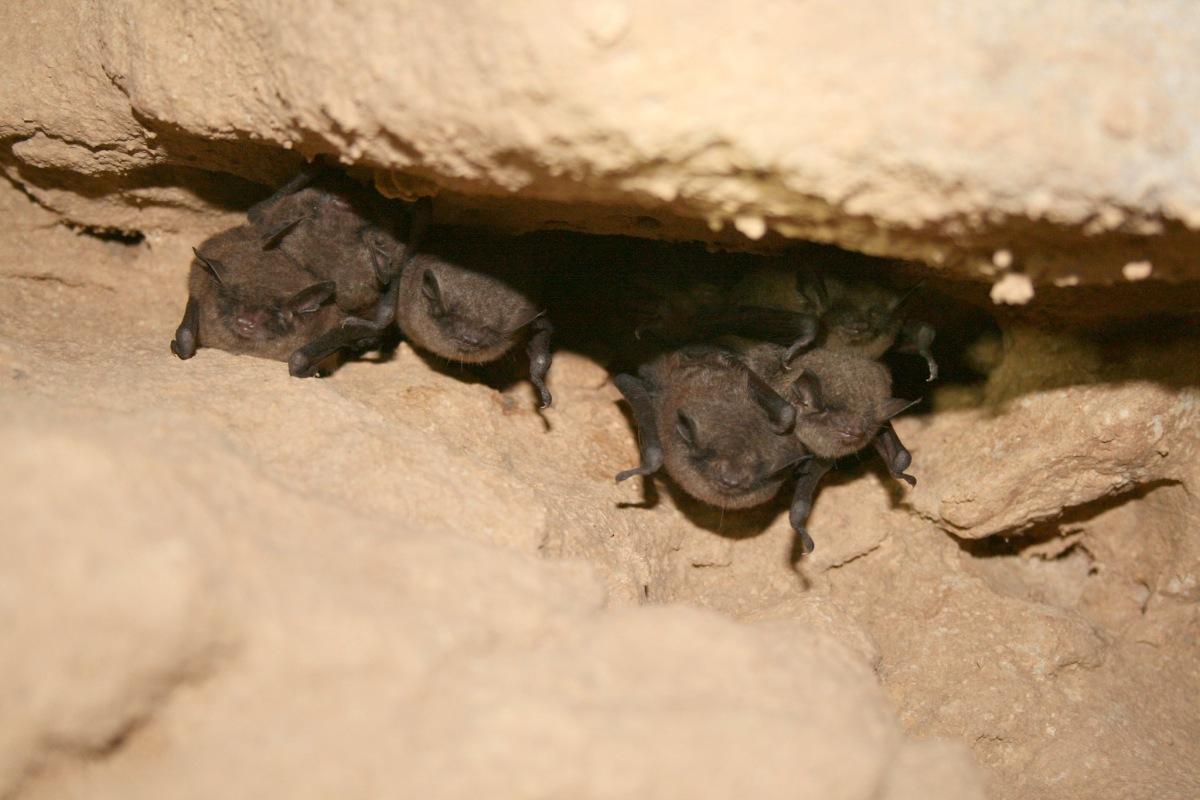
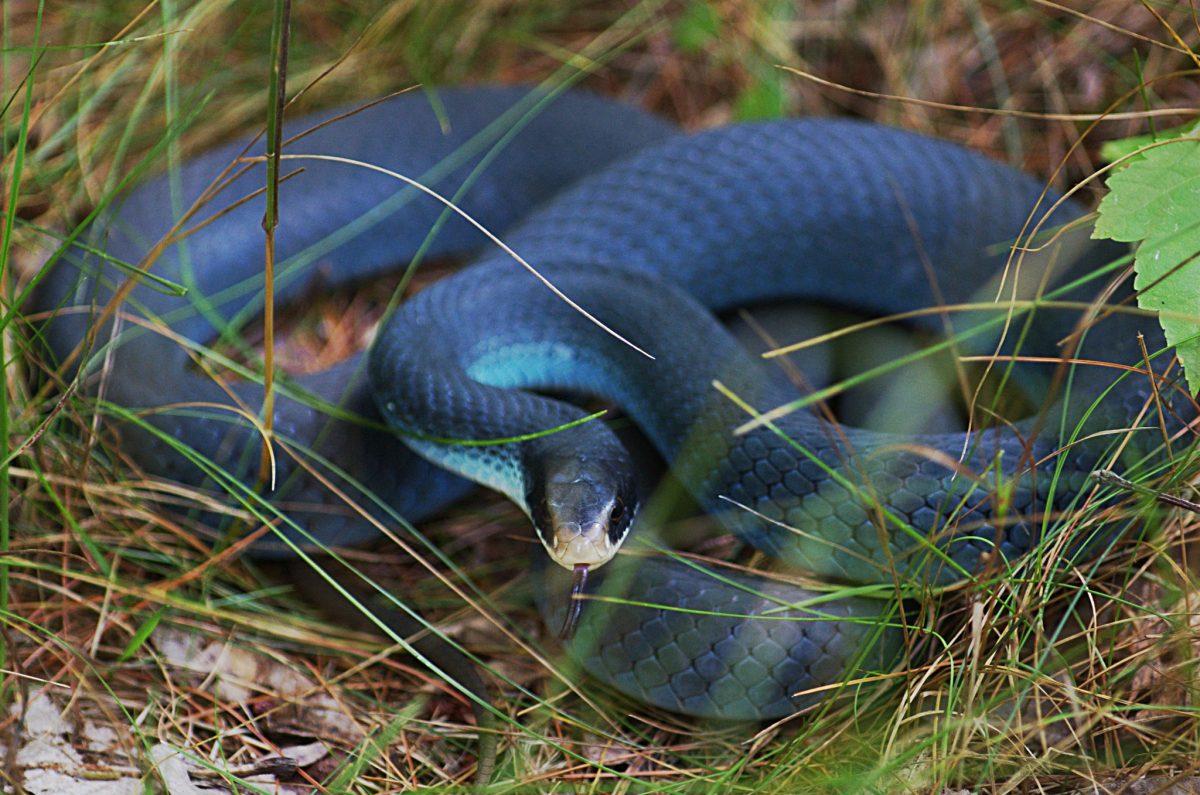

![10 Wild Animals in Algeria [Wildlife in Algeria]](https://www.kevmrc.com/wp-content/uploads/2022/11/10-wild-animals-in-algeria.jpg)
![18 Wild Animals in Cambodia [Wildlife in Cambodia]](https://www.kevmrc.com/wp-content/uploads/2022/12/18-wild-animals-in-cambodia.jpg)
![27 Wild Animals in Mexico [Wildlife in Mexico]](https://www.kevmrc.com/wp-content/uploads/2022/08/27-wild-animals-in-mexico.jpg)